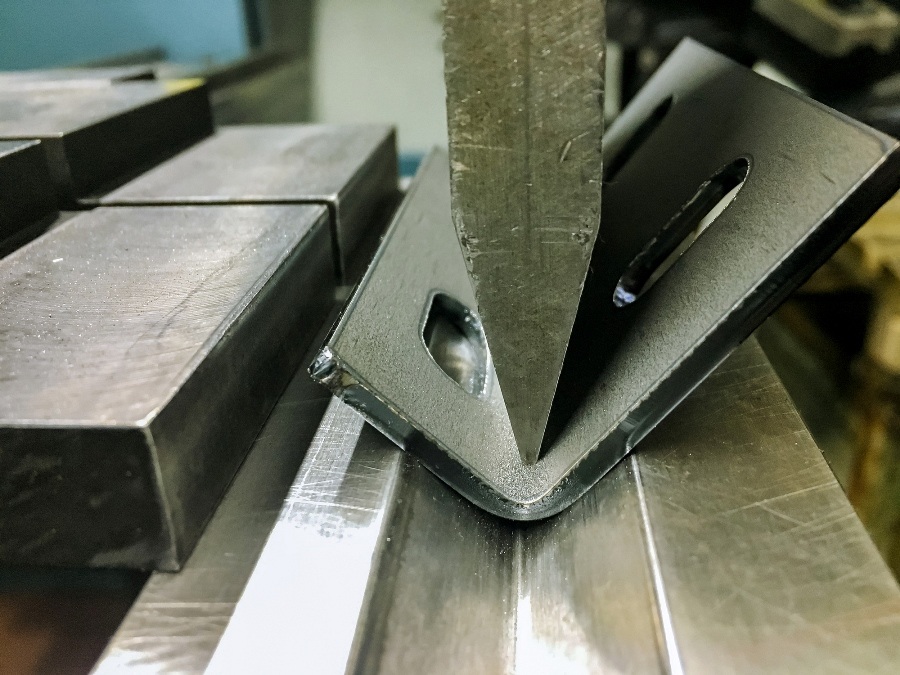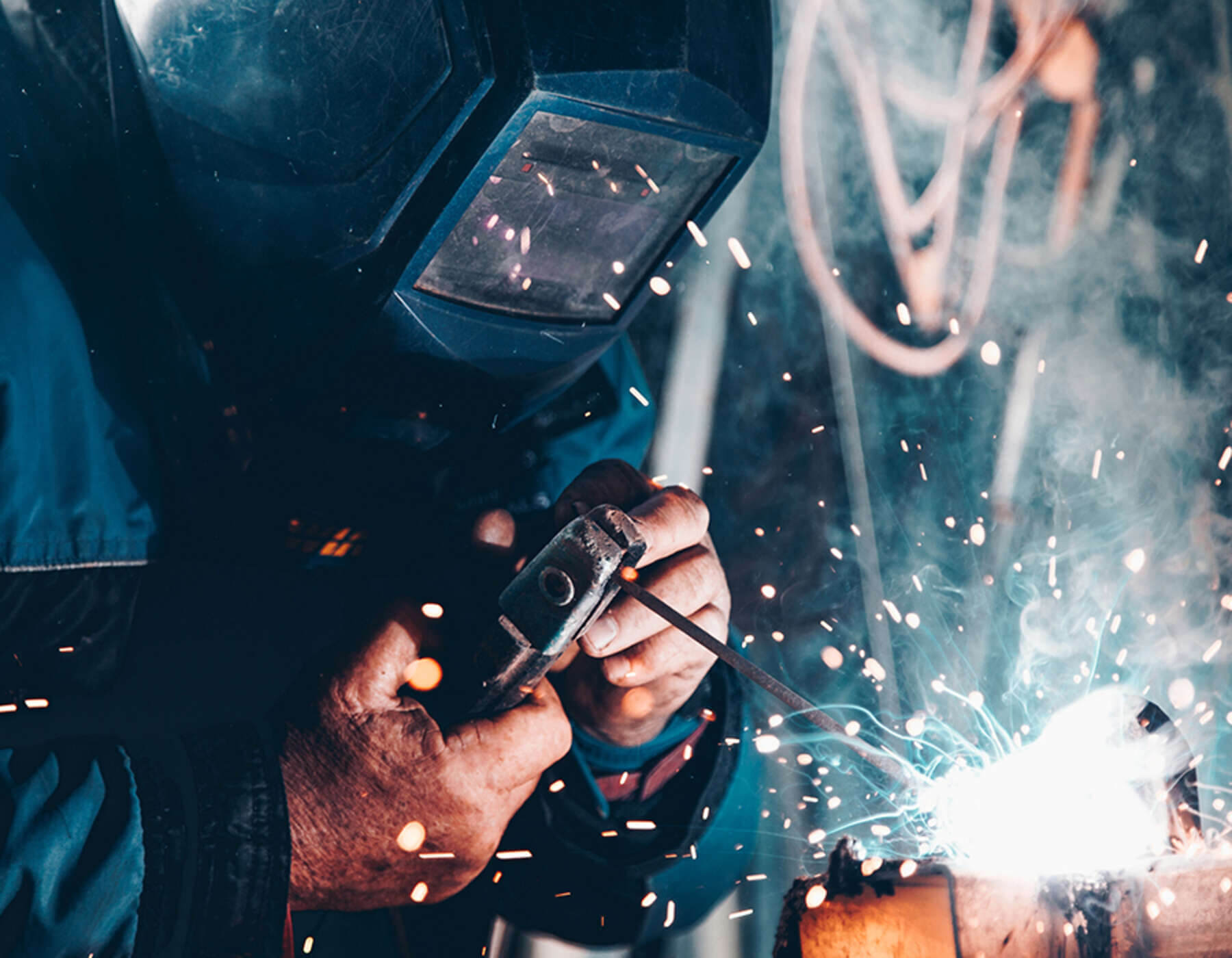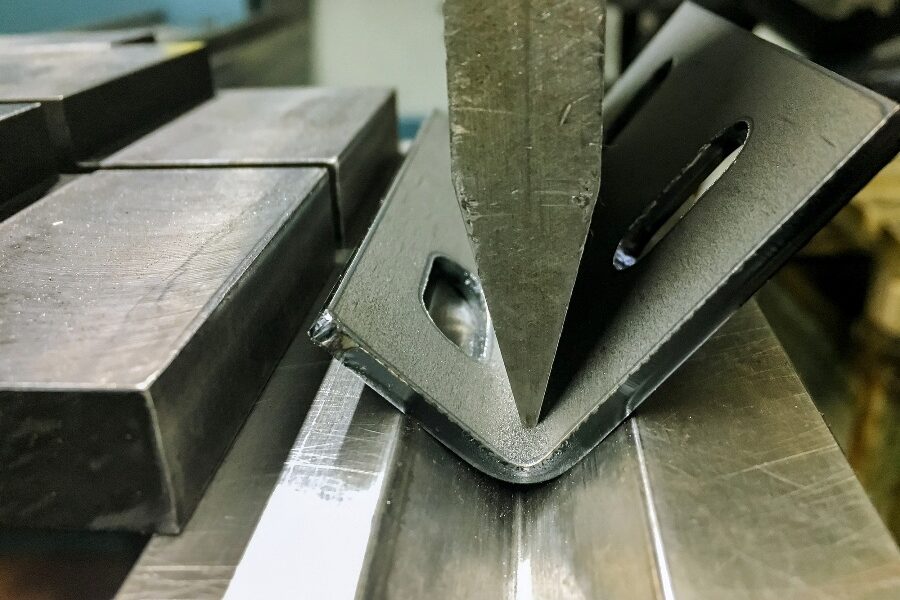
At Morfabrication, we use sheet metal prototyping across a number of industries for a wide range of products and projects – all serving different purposes and all for different uses.
Prototyping has fast become a popular solution that allows you to manufacture a product to test, adapt, and make changes, if necessary, before going into mass production.
Saving you time, resource, and money custom sheet metal fabrication is the perfect solution to allow you to create a product quickly and with precision. Putting your mind at ease that the product you are designing and manufacturing is without flaw and suitable for its intended purpose.
In this post, we look at sheet metal prototyping in more detail, including the benefits and some of the fabrication processes that our experts carry out at Morfab.
Sheet Metal Prototyping Explained
Prototyping is the production of one piece/the manufacture of one product, to test out a design, check, make alterations, adapt design specifications etc, before going into mass production.
It is a way to bring your ideas and designs to life and see the product for the first time in its physical form.
Sheet metal fabricators use various processes to help transform sheet metal into specific shapes and sizes by shaping, bending, welding, and more to precisely meet your design requirements and specifications.
Techniques to form and shape sheet metal include punching, laser cutting, CNC cutting, water jet cutting, bending, stretching, and assembling, i.e., the process of joining different sheet metal parts together via welding.
It is these precision processes that professional sheet metal contractors use that help to achieve high-quality results.
Sheet Metal Works
Sheet metal comes in various sizes, thicknesses, and materials. For example, you can opt for hot or cold rolled steel plates, aluminium sheets, stainless steel plates, copper plates, and galvanised steel sheets.
Aluminium is an excellent material of choice if you need a lightweight metal that can still provide incredible strength, good thermal properties, and corrosion resistance.
Alternatively, opt for stainless steel or copper if you want an aesthetically pleasing material with a great surface finish, high machinability, and optimal strength.
Not a frequently used sheet metal, magnesium sheet metal fabrication offers strength and durability and is lightweight. However, it is also worth noting that this material is also highly flammable.
Sheet metal density can range from 0.006 inches up to 0.25 inches. Thicker sheet metals are known as metal plates, and the thinner sheets are known as foils.
It is then a fabricator’s job to transform these sheet metal materials into various structures and products.
Sheet metal requires skilled fabricators to work with detailed CAD designs, building in acceptable allowances and tolerances to ensure successful fabrication and prototype production.
Importance of Sheet Metal Prototyping
Before jumping into prototyping, it’s always good to understand the benefits that prototyping can offer you and the investment that will be required.
Things to know about sheet metal prototyping:
Eliminates guesswork in manufacturing – mock-ups can be produced to allow you to test design concepts, make changes, and adapt where necessary before going into full production.
Live prototypes take CAD drawings one step further – providing opportunities for improvements; prototypes highlight the physical aspects of a product that, in some instances, a CAD design may not be able to show.
Cost-effective – you can test that a product is performing as it should, catching problems earlier in the production process and helping you to avoid additional costs and delays.
Suitable materials – it’s important to choose the right material for your product, taking into account durability, whether the material is hard-wearing, and the cost of the sheet metal.
Quick delivery and production – due to checks and tests carried out on the prototype when it comes to mass production, delivery and production times can be seamless and more process efficient.
Can be customised – technological advances have made fabrication a very high-tech process, meaning even the most complex and intricate design can now be achieved.
It can meet low to mid-volume productions. When working with the right fabricators and having the right processes in place, various production volumes can be achieved efficiently and cost-effectively.
Check user feedback – you can check users’ experience with the product; how will they use it? Are there any problems arising? Now, you can get feedback across all areas and make relevant improvements.
Investing in prototyping ultimately allows you to check your final design. Making it an ideal solution if the product in question is complex because now you can physically see how it will work, test it, and try various fabrication processes and materials to see what works best to achieve the highest quality standards.
Industries that use sheet metal prototyping:
- Medical
- Communications
- Computers
- Housings
- Construction
Sheet Metal Fabricators
Sheet metal fabrication is a big and significant industry, playing an extremely valuable role in product development.
An essential part of the design process, prototyping helps us to bring your ideas to life.
In addition, you get to test the design and how a product will work in the real world before you commit and invest in larger production runs.
At Morfab, we consider material selection, tolerances, surface finish, assembly, and more.
Providing you with a prototype that helps you to evaluate the most efficient and effective way to manufacture on a large scale.
To see how we can help you call 0191 816 2718 or email your requirements to info@morfabrication.com today.

